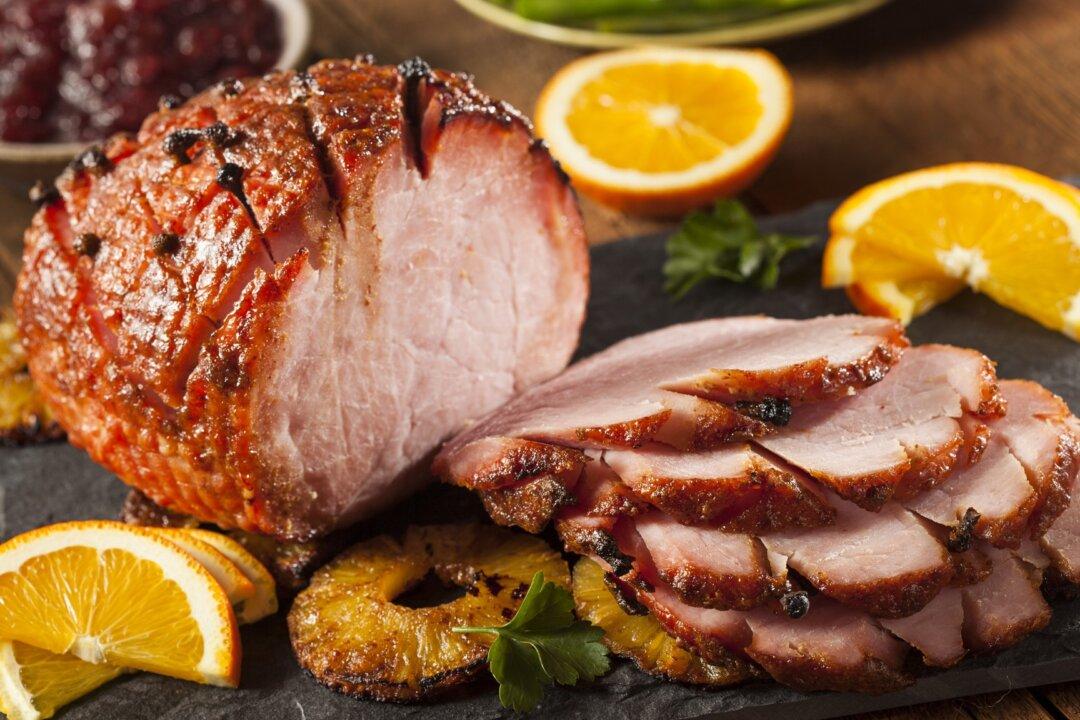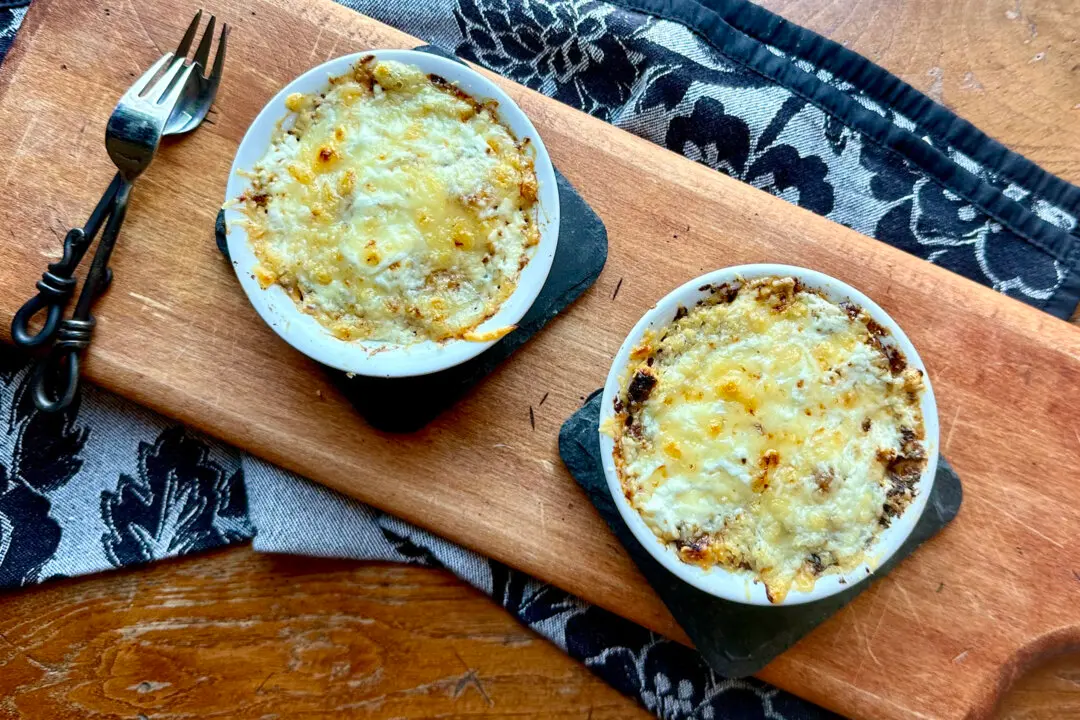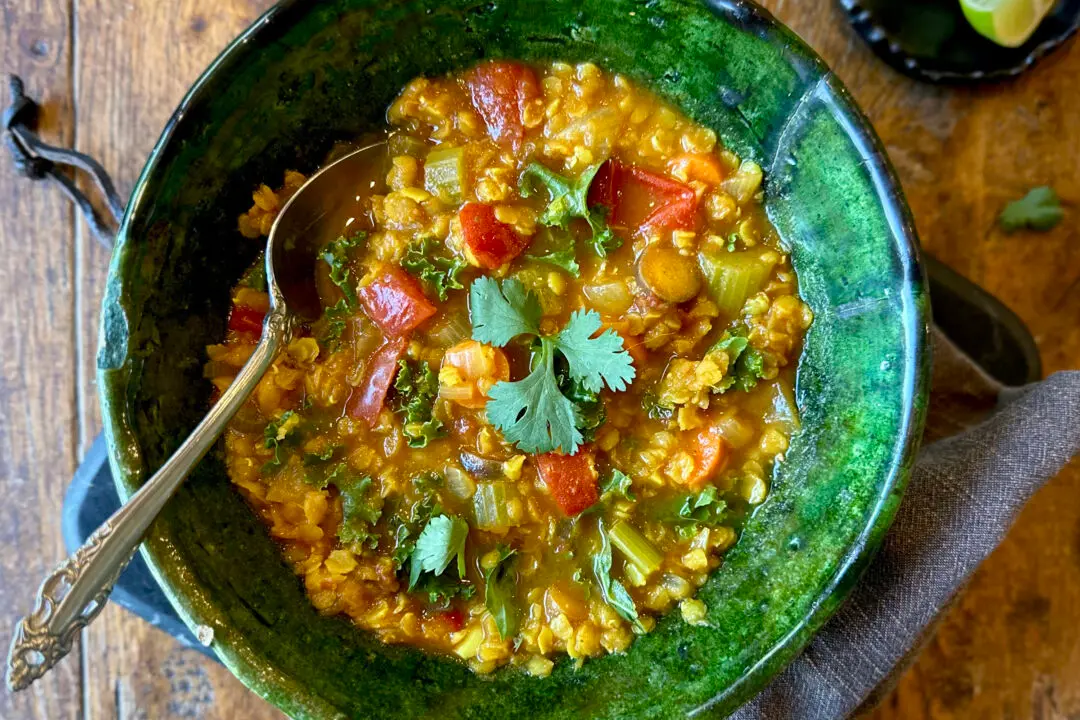A glazed ham is an easy way to prepare a celebratory Easter dinner—or any dinner, for that matter. It’s also a gift that keeps on giving, yielding a generous portion of meat that can be shared and repurposed in sandwiches, eggs, hash, soups, and salads.
Ham is so easy to prepare because you begin with a fully cooked store-bought ham. The long cook that you will do in the oven or on the grill is essentially a long warm-up, to thoroughly heat the meat and finish the process with a glaze toward the end of the cooking time to give it a crispy, glossy sheen. The glaze can be simple but should include fruit and sugar, which will naturally balance the saltiness of the ham, while ensuring a crispy, caramelized lacquer.





